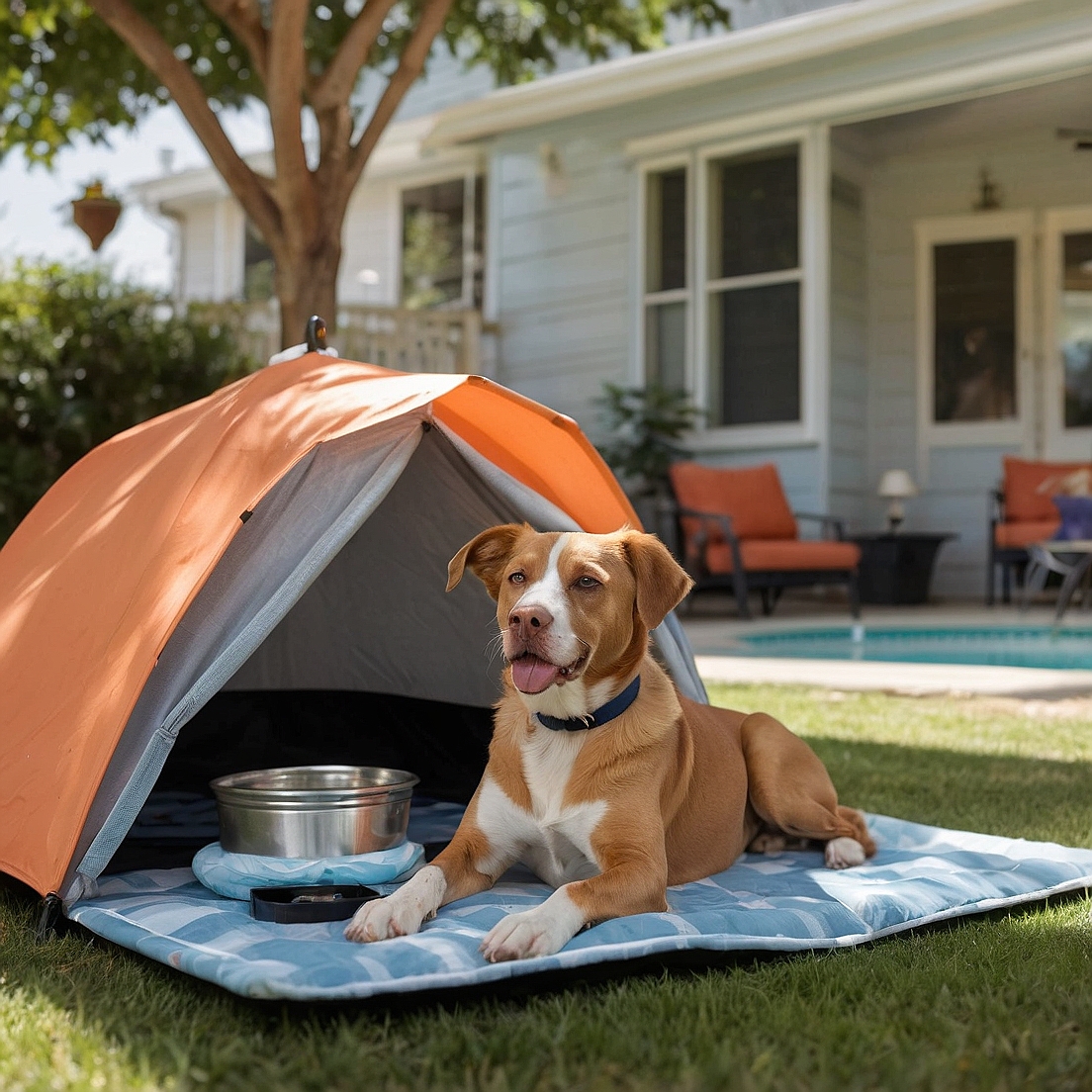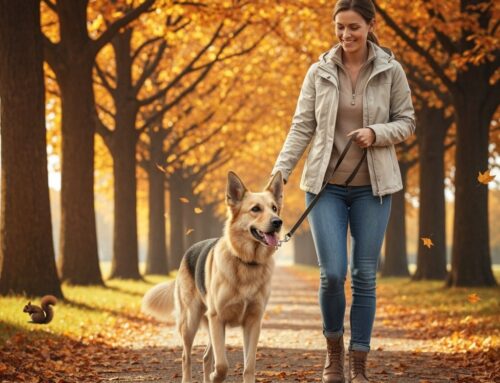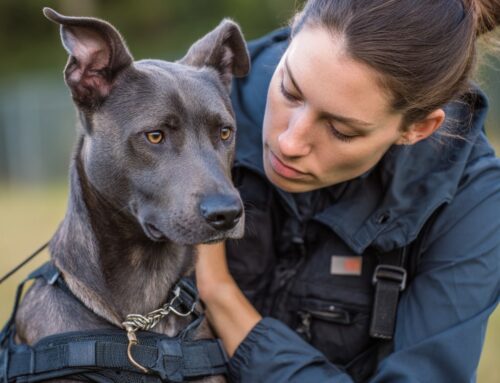Summer is a wonderful time to enjoy outdoor activities with our furry friends, but the rising temperatures can pose significant risks to dogs. One of the most serious dangers is heatstroke, a potentially fatal condition if not addressed promptly. Understanding how to recognize the signs of heatstroke in dogs can make all the difference in keeping them safe and healthy during the hot summer months.
What is Heatstroke?
Heatstroke occurs when a dog’s body temperature rises to dangerously high levels, overwhelming the body’s natural cooling mechanisms. Dogs primarily regulate their temperature through dissipating body heat via their paw pads or nose and panting, and because they have very few sweat glands, they are particularly vulnerable to heat stress and then can easily turn into the heat stroke. Certain breeds, especially brachycephalic breeds (those with short noses and flat faced dogs like Bulldogs and Pugs), older dogs, overweight dogs and those with underlying health conditions are at higher risk of heat exhaustion and heat stroke.
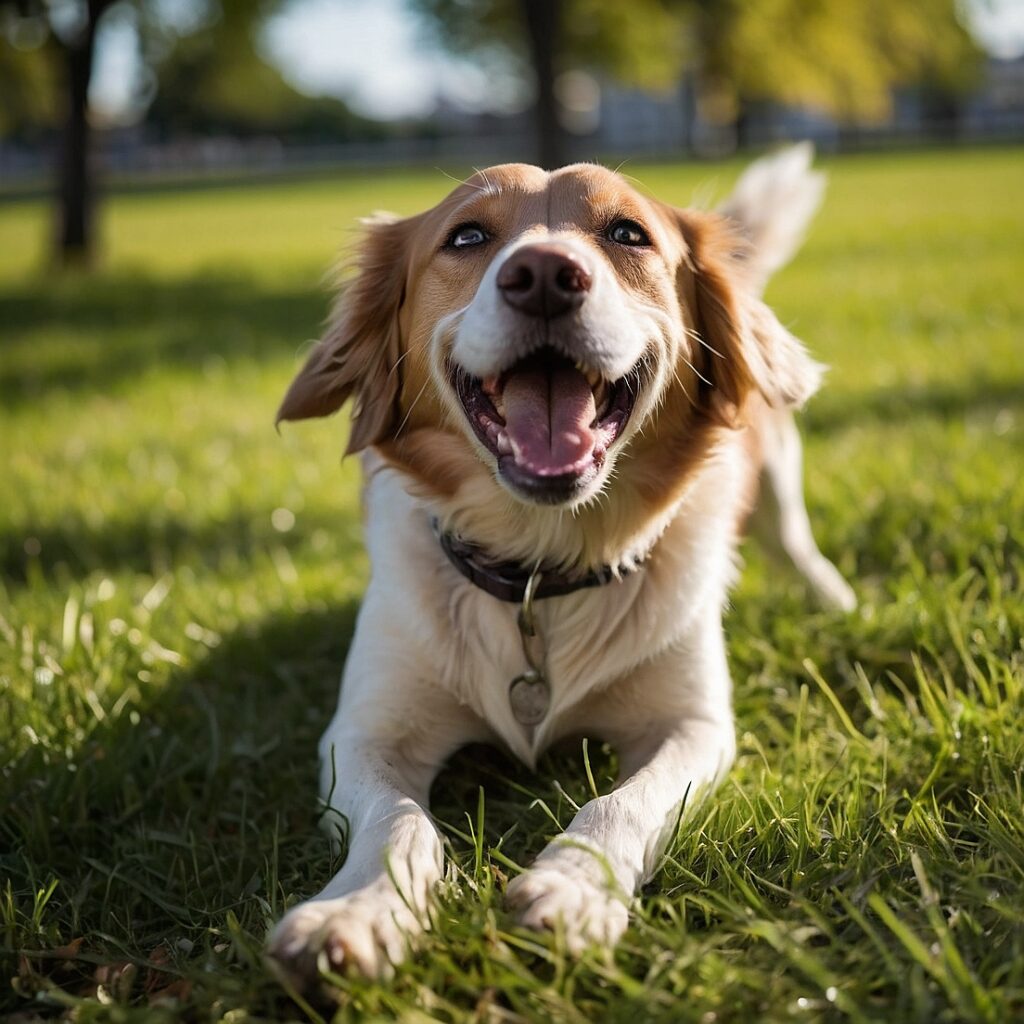
Recognizing the Signs of Heatstroke
Knowing the early signs of heatstroke is crucial for preventing serious health complications. Below are three essential signs to watch for the heat stroke in dogs especially during those hot summer months.
1. Excessive Panting and Difficulty Breathing
Panting is a normal way for dogs to cool down their body heat. However, if you notice that your dog is panting excessively and seems to be struggling to breathe, it could be a sign of heatstroke. This panting may be accompanied by a wide-open mouth and a protruding tongue. The breathing may be shallow and rapid, indicating that the dog is having difficulty regulating its body temperature and could then easily develop heatstroke.
Excessive drooling is another sign that often accompanies heavy panting. Dogs will drool more as they try to cool down, but if the drooling becomes profuse and their breath sounds labored, immediate action is necessary. Look for signs like a raspy or strained sound when your dog breathes. You might also notice that their nostrils flare more than usual. The combination of these symptoms means your dog is struggling and needs help cooling down right away.
2. Lethargy and Weakness
A dog suffering from heatstroke may exhibit signs of extreme fatigue. They may become unusually tired, weak, or uncoordinated. You might notice that your dog is lying down more often, has difficulty standing or walking, and may even collapse. These signs indicate that the dog is severely overheated and struggling to cope with the heat. Your dog may even seem stressed out which could mean a few different things, but make sure to carefully monitor your dog when you know temperatures are higher.
In severe cases, a dog might not respond to its name or other stimuli, appearing confused or disoriented. This level of lethargy and weakness is a clear emergency to find a way to keep your dog cool. Watch for signs like stumbling, a lack of interest in activities they usually enjoy, or a glassy-eyed look. If your dog seems unusually still or slow to respond, it’s a strong indication that their condition is serious, and you should take immediate steps to cool them down and seek veterinary help.
3. Bright Red Gums or Pale Gums
The color of a dog’s gums can be a clear indicator of its overall health and heatstroke in dogs. In the case of heatstroke, you may observe that your dog’s gums are bright red, indicating heat stress. Alternatively, pale or grayish gums can signify more severe heatstroke, which is a medical emergency. Checking your dog’s gums regularly during hot weather or excessive heat can help you detect these warning signs early.
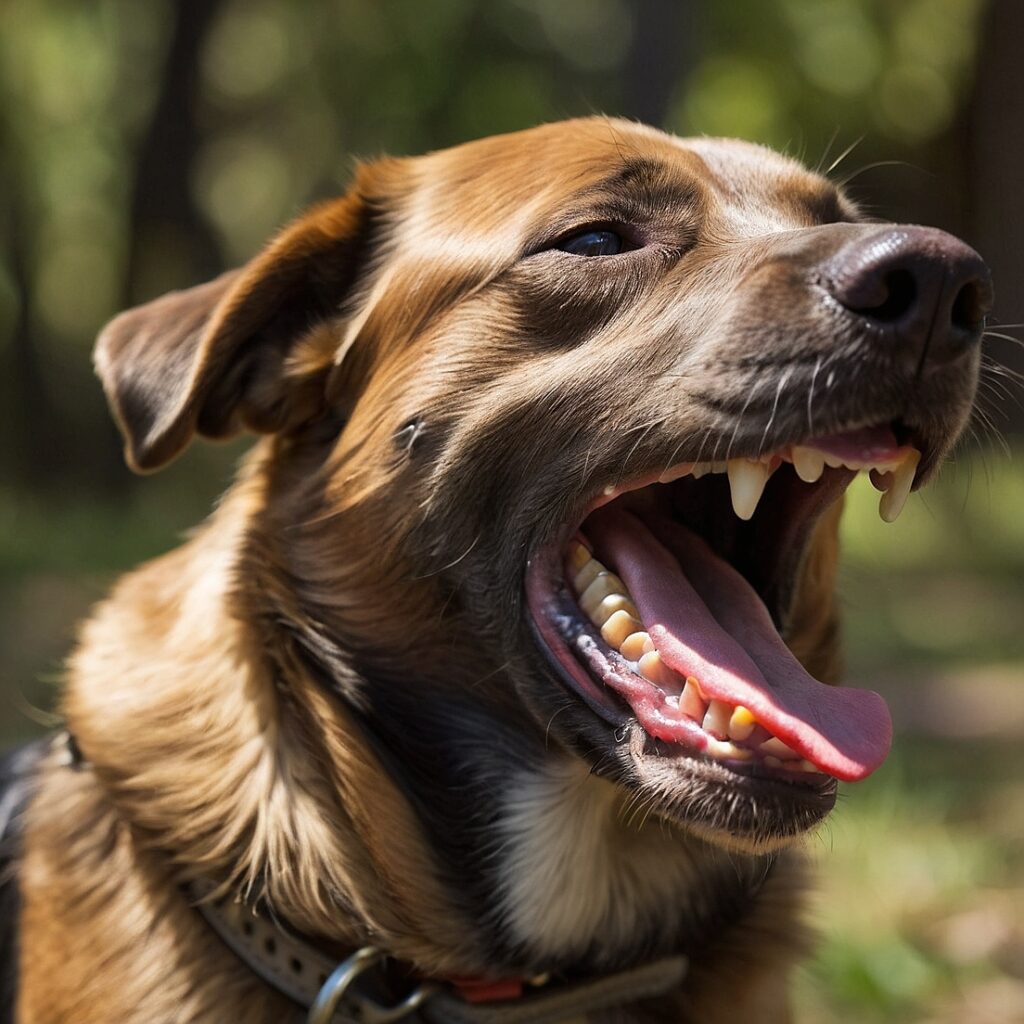
Other mucous membranes, such as the tongue, might also change color and provide additional signs that something is wrong. Healthy gums should be pink and moist, so any deviation from this norm during hot weather or extreme heat should raise concern. A dog’s capillary refill time (the time it takes for color to return to the gums after pressing) should also be quick. If it takes longer than normal, it’s a sign that your dog is in distress and needs immediate medical attention.
Immediate Steps to Take If You Suspect Heatstroke
If you suspect your dog is suffering from heatstroke in that moment, it’s very important to act quickly. Here are some immediate steps you can take to help your dog from a serious heatstroke.
- Move to a Cooler Area: Take your dog to a shaded or air-conditioned area to help lower its body temperature. The key is to reduce their exposure to the heat as soon as possible and get them some cool air. If you’re outdoors, find the nearest shaded area or, ideally, get them indoors with air conditioning.
- Provide Water: Offer small amounts of cool water for your dog to drink. Avoid giving ice-cold water, as it can cause shock . Encourage your dog to drink slowly to prevent vomiting. You can also dampen their tongue and gums with water to aid in cooling them down slowly.
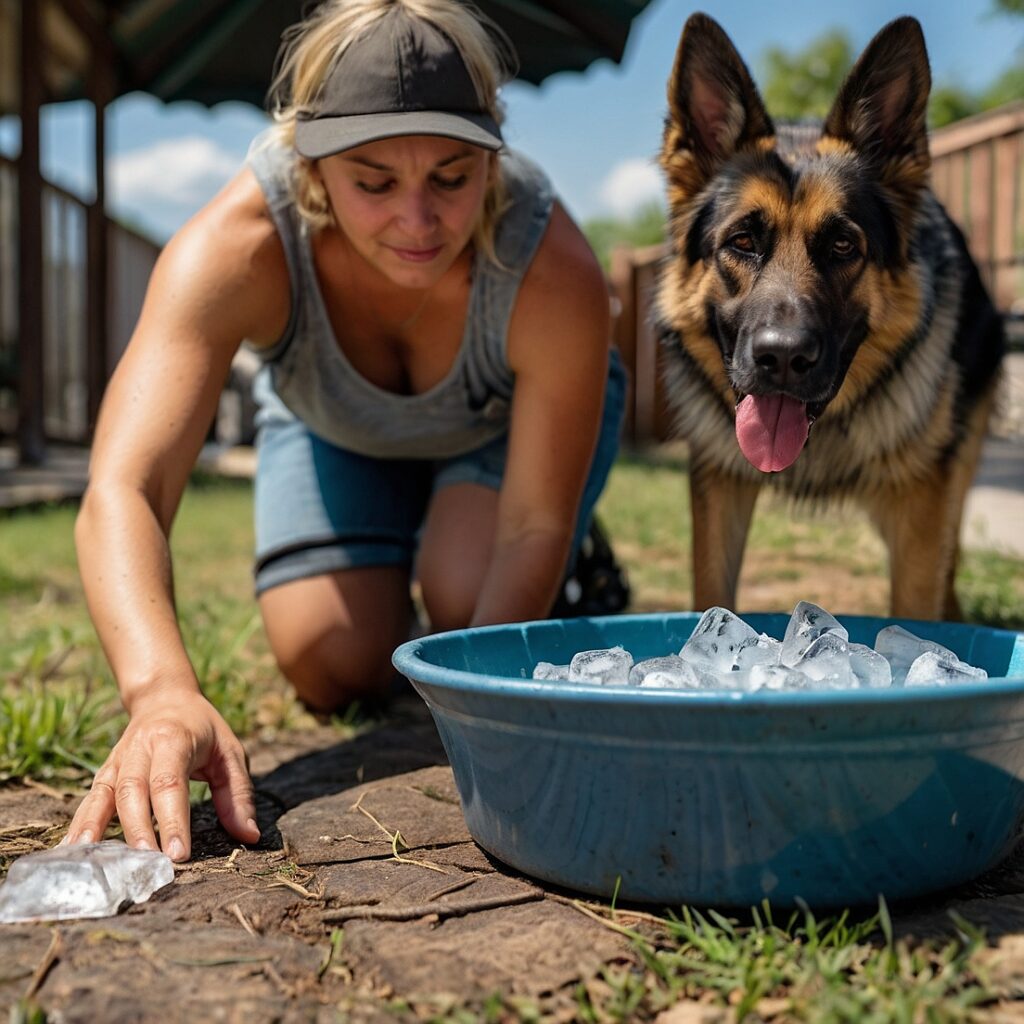
- Cool the Dog Down: Use cool, wet towels to gently cool your dog’s body, especially on the head, neck, and chest to help the heatstroke in dogs. Avoid covering your dog completely with wet towels, as this can trap heat. Instead, focus on key areas where blood vessels are close to the surface. You can also use a fan to help with evaporation and cooling, which can speed up the process of lowering their body temperature.
- Seek Veterinary Assistance: Most importantly contact your veterinarian immediately or take your dog to the nearest emergency veterinary clinic. Heatstroke is a medical emergency and requires prompt professional treatment. Even if your dog seems to recover quickly, it’s essential to have them checked by a vet, as heatstroke can cause internal damage that isn’t immediately apparent.
Prevention: Keeping Your Dog Safe from Heat stroke
Prevention is always better than a cure. By taking proactive steps, you can significantly reduce the risk of heatstroke and other heat-related issues in your dog. Here are some essential tips to keep your dog safe and comfortable during the hot months with that warm weather and avoid any heat related illnesses.
- Provide Ample Fresh Water
- Avoid Peak Heat Hours
- Create Cool Resting Spots
- Never Leave Your Dog in Parked Hot Cars
- Use Sun Protection to Reduce Heat Exposure
- Monitor Humidity Levels
- Watch for Signs of Dehydration
- Plan for Water Activities on Those Hot Days
- Be Mindful of Pavement Temperatures Especially On a Hot Day
- Make sure Your Doggy Daycare is Equipped to Take Care of Your Dog During the Summer Months
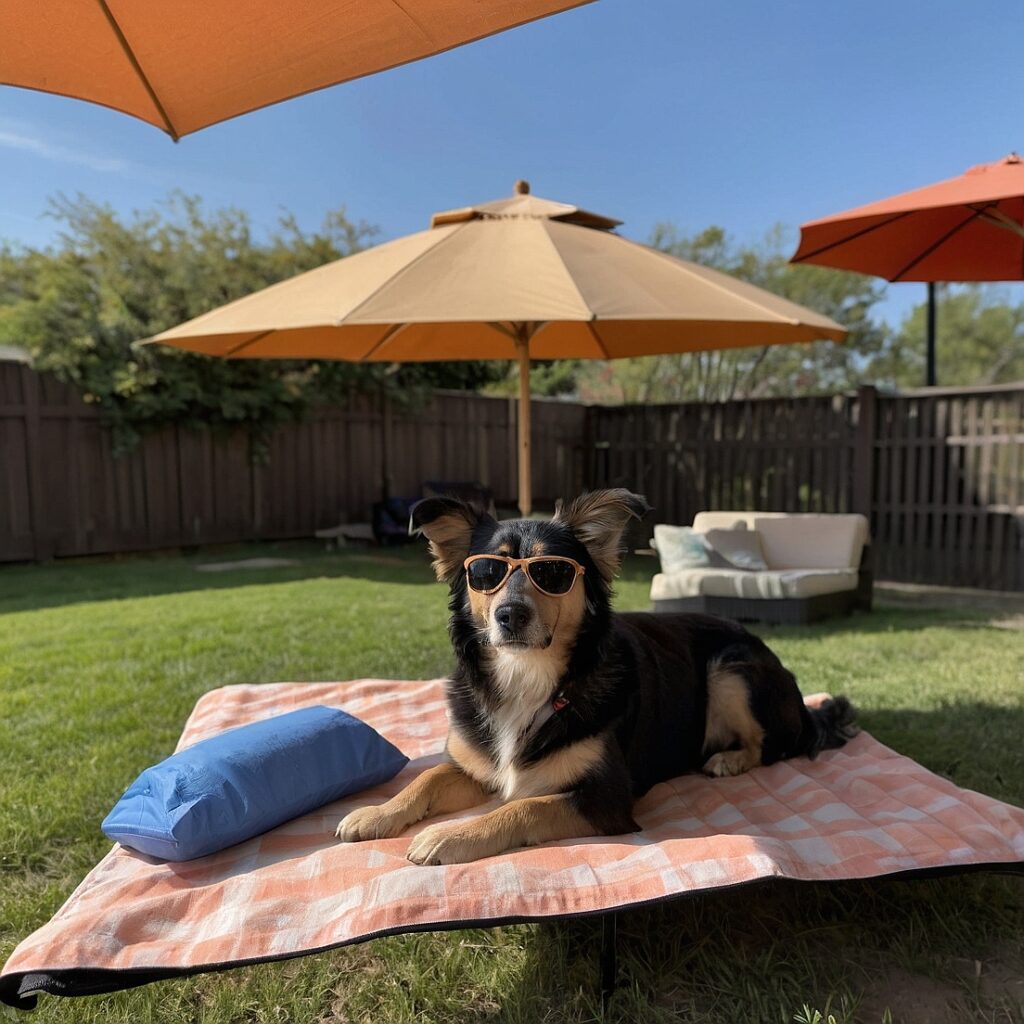
Essential Signs For Heatstroke in Dogs
Summer should be a time of fun and adventure for you and your dog. By recognizing the signs of heatstroke and taking immediate action, you can ensure that your furry family stays healthy and happy during those hot months. Always keep an eye on your dog’s behavior, provide plenty of water and shade, and avoid activities during the peak heat hours. Have some fun with your pet this summer and plan some safe and fun activities with your pup as long as you keep in mind the heat. With a little extra care and attention, you can enjoy a safe and enjoyable summer with your beloved pet.



